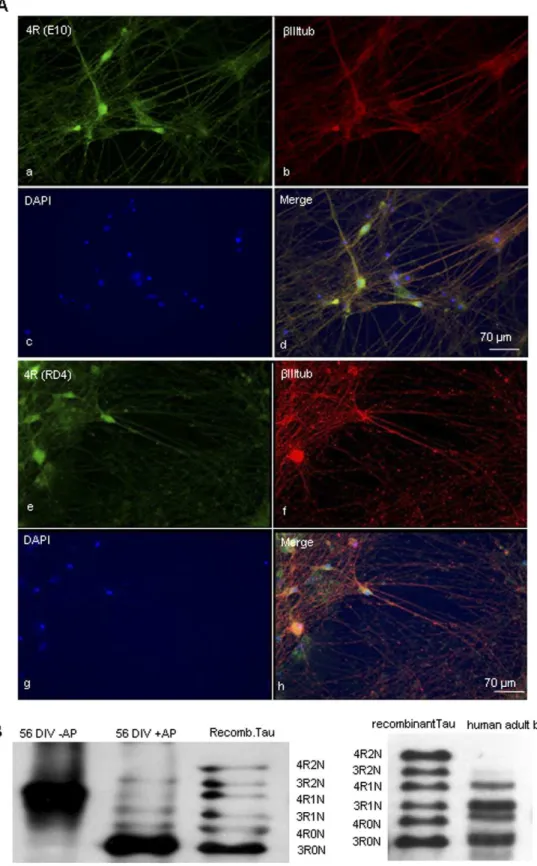Human stem cell-derived neurons: a system to study human tau function and dysfunction.
Texto
Imagem


Documentos relacionados
In this study we demonstrate that CD34 + cells derived from human embryonic stem cells (hESCs) have higher smooth muscle cell (SMC) potential than CD34 2 cells.. We report that from
the spread of human tau expression to some of the dentate granule neurons. D) Chronic rapamycin treatment partially protects the perforant pathway layer II neurons from
In this study, we used a human renal carci- noma derived primary cell culture to assess the cell cycle progression in vitro demonstrating that RT non nucleosidic
Meiotic competent human germ cell-like cells derived from human embryonic stem cells induced by BMP4/WNT3A signaling and OCT4/EpCAM (epithelial cell adhesion molecule) selection..
MCF-7 (Human breast cancer cell line), SGC7901 (human gastric carcinoma cell line), LS-174T (human colon adenocarcinoma cell line) and A549 (human lung adenocarcinoma cell)
Transplantation of human embryonic stem cell-derived neural precursor cells and enriched environment after cortical stroke in rats: cell survival and functional
To investigate this hypothesis, we used quantitative RT-PCR to determine mRNA expression levels of hA3B, 3C, 3F and 3G in established human cell lines (hematopoietic cell lines:
Therefore, the construction of co-culture networks using PNS neurons, CNS neurons, or other cell types derived from human pluripotent stem cells (PSCs) could become a promising in